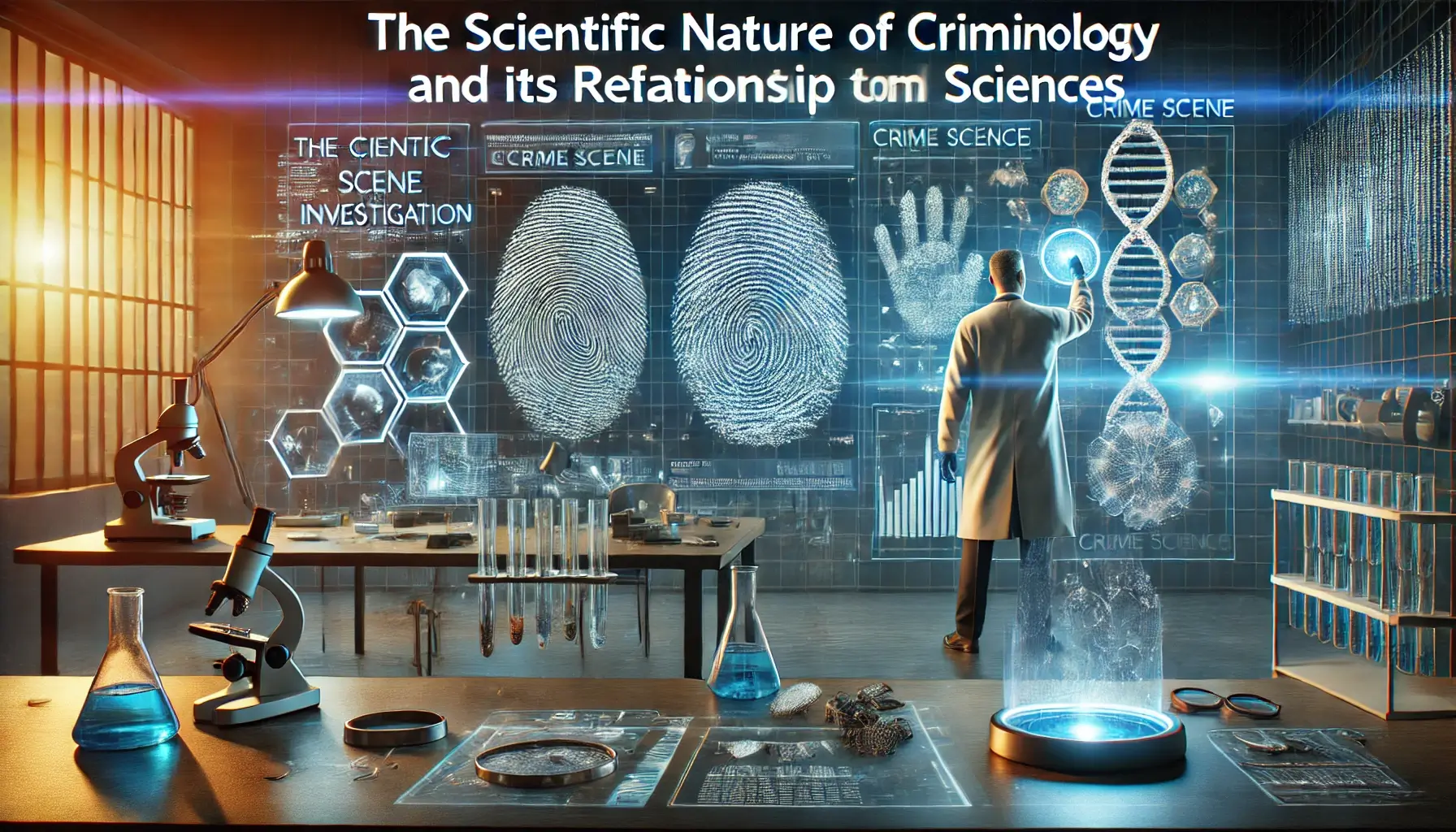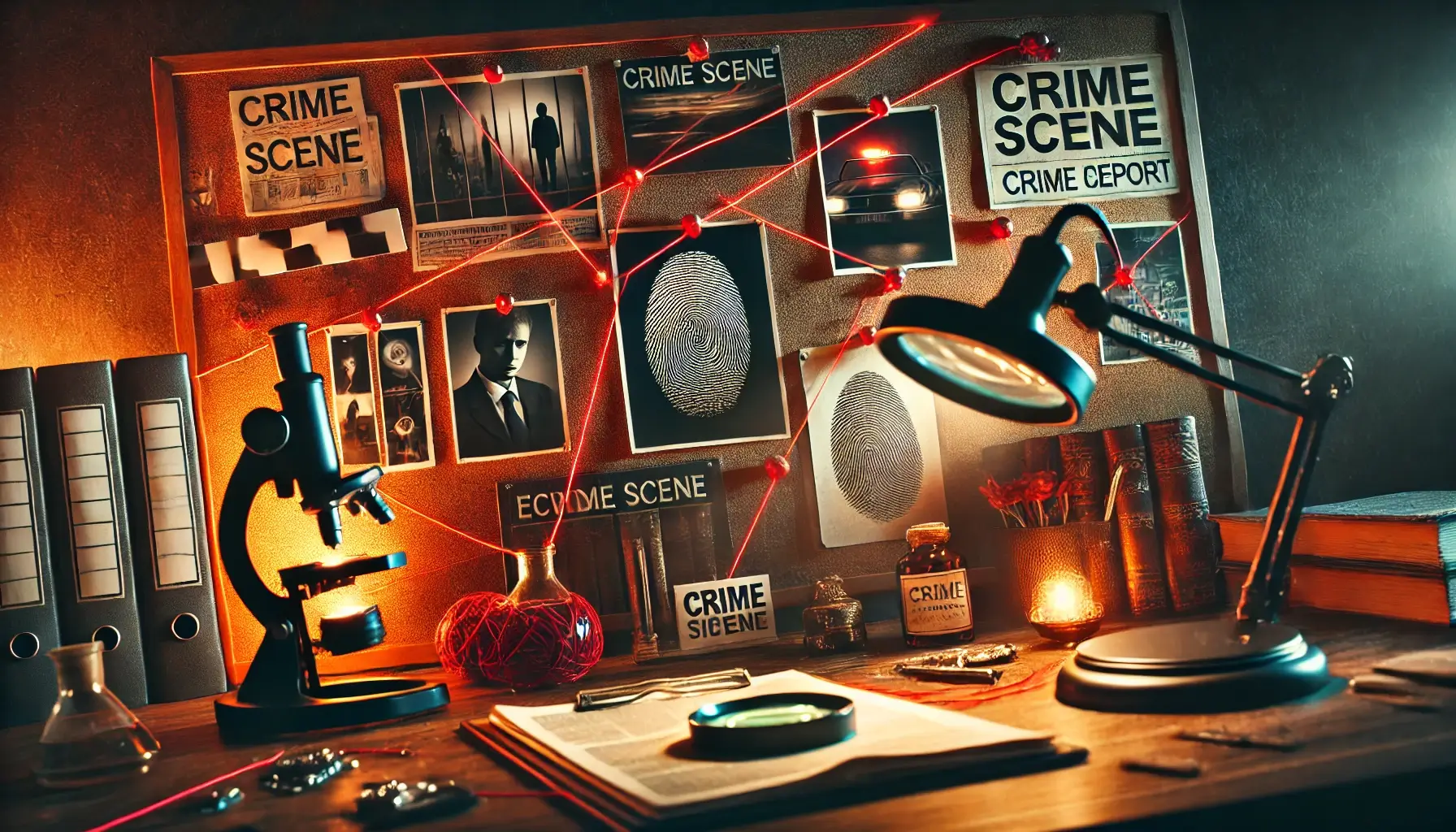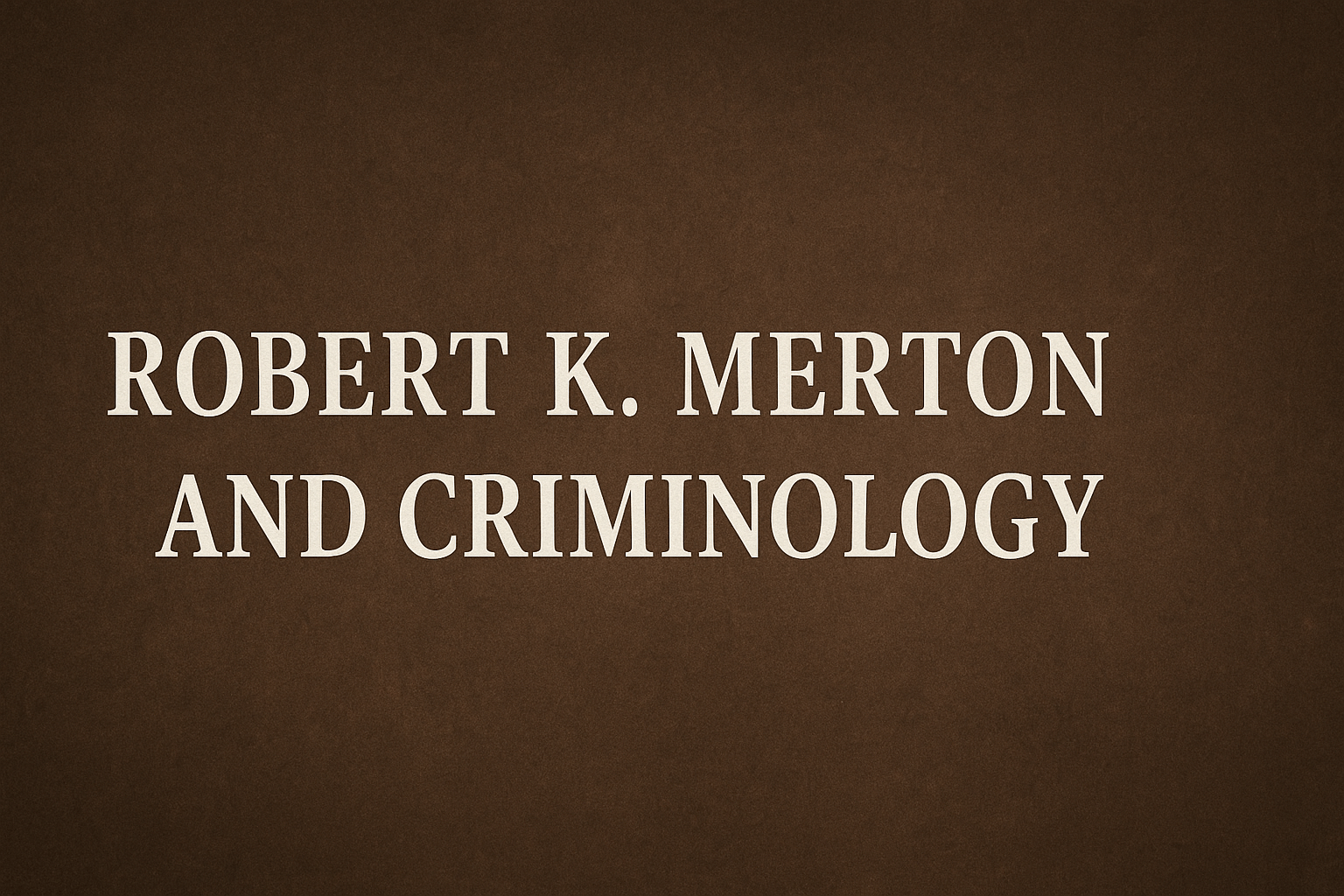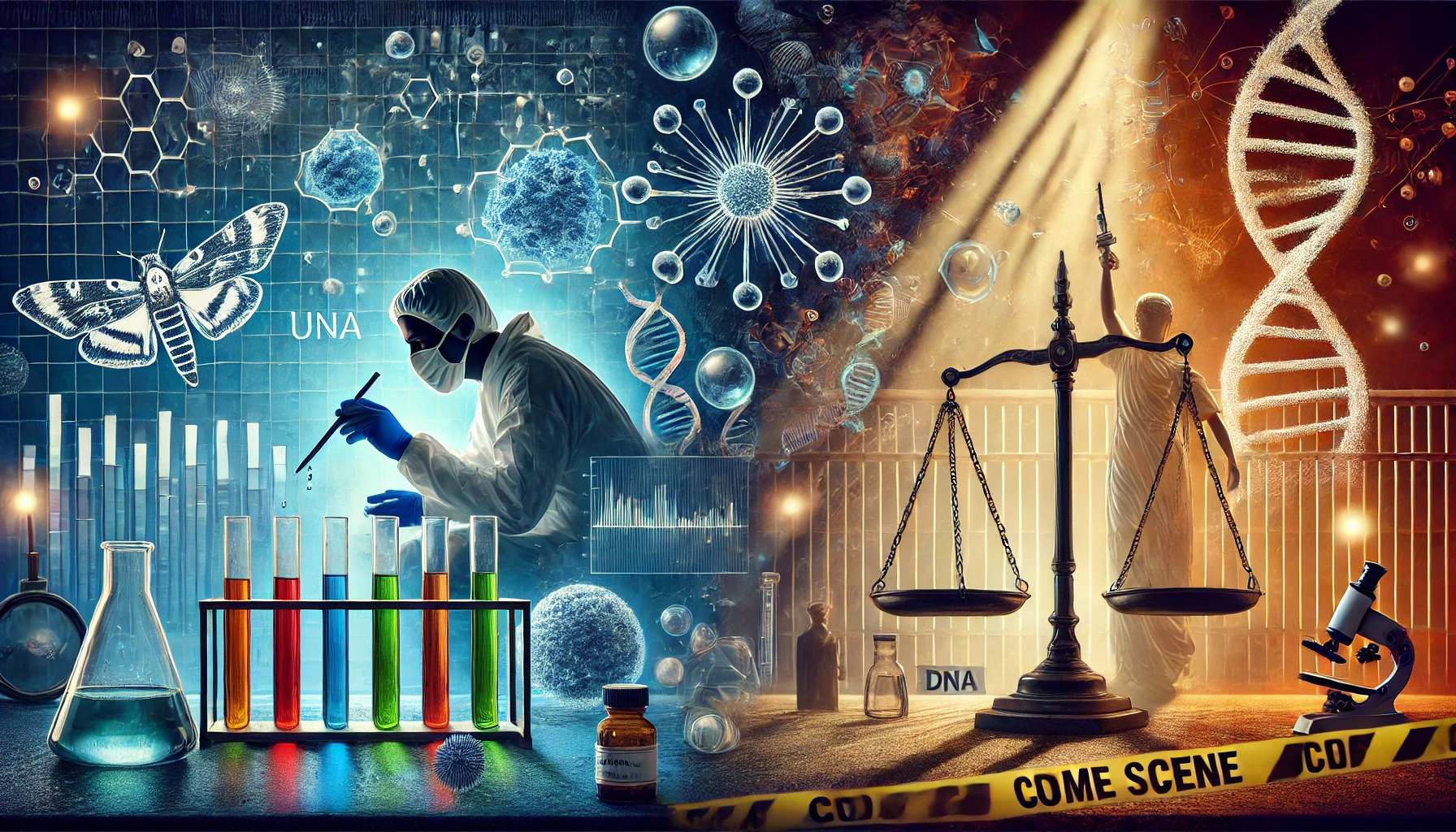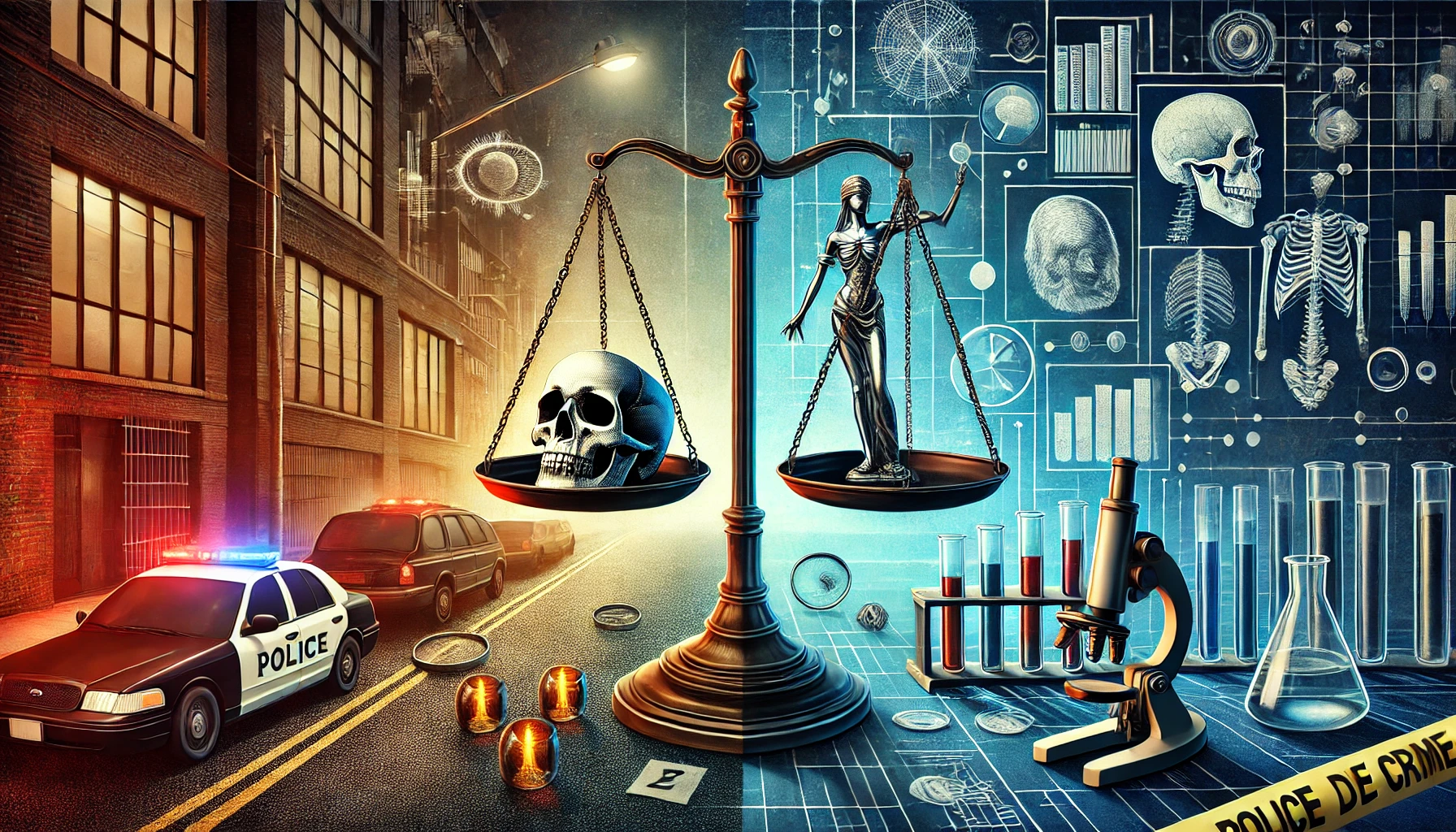The Scientific Nature of Criminology and Its Relationship to Criminal Sciences
Introduction to the Scientific Nature of Criminology Criminology is an interdisciplinary field that seeks to understand crime, its causes, consequences, and control mechanisms. While traditionally associated with sociology, criminology has evolved into a scientific discipline that incorporates empirical research, statistical analysis, and theoretical frameworks to explain criminal behavior. Its scientific nature is grounded in systematic … Read more

